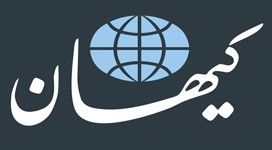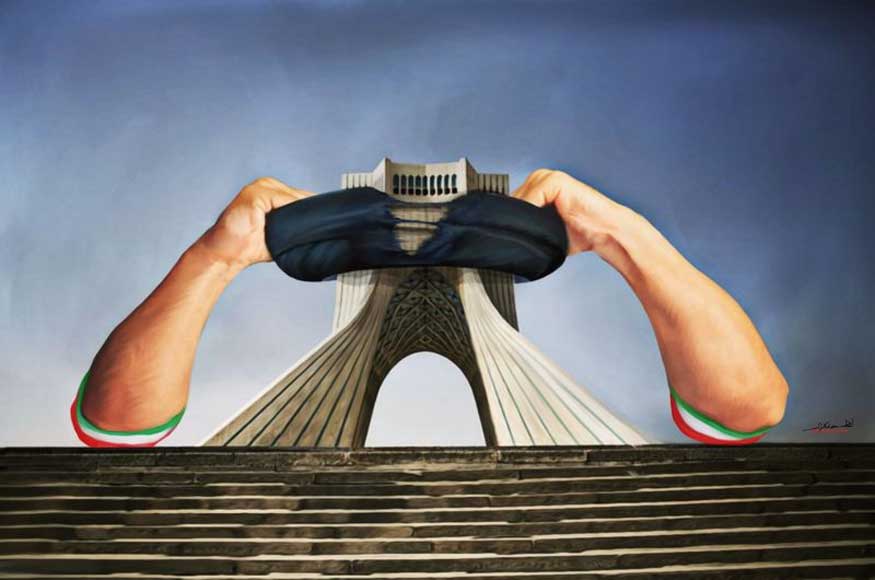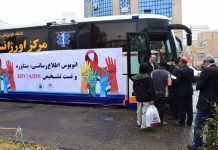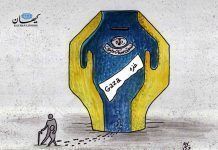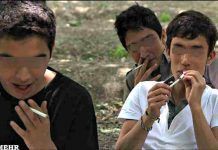January 07, 2018
By Jafar Taqizadeh
Recent nationwide protests in Iran which erupted initially in Mashhad on December 28 indicate that theocratic rule in Iran is neither sustainable in its current form nor subject to reform. Civil unrest has signaled the beginning of the end of the Islamic Republic.
The Islamic Republic has survived two previous episodes of civil unrest: the Iranian student protests of July 1999 and the 2009 post-election demonstrations. Yet this time, the regime is more vulnerable than it has ever been.
One of the main problems facing the Islamic Republic is that most Iranians are fed up with clerical rule, with the Supreme Leader Ayatollah Ali Khamenei’s dogmatic views, with the Friday prayers and their patronizing sermons, with the antiquated ideologies of the Assembly of Experts, and with the regime’s constant intrusions into every aspect of their lives. Poverty, hunger and fear have pushed people to their emotional and psychological limits. They desperately seek freedom and change.
Iranian youth want jobs, promising careers, social freedoms and a future that’s full of possibilities. People desperately hope for political, social and economic reform. They hold the government responsible for the current economic crisis. Meanwhile, the Supreme Leader has consolidated his power and tightened his grip over the country in the past 28 years. His absolute rule goes unchallenged.
At the same time, the Iranian establishment is acutely aware of the possibility that the angry and disenfranchised public may no longer fear the batons, water cannons and bullets of the police and security forces. It was the middle classes that called for greater social and political freedoms in the summer of 2009. Today, it is the poor and hungry majority that cries out for economic and social justice.
The conservatives and the hardliners are using the current crisis to attack President Hassan Rouhani and his reformist camp. The public, however, wants to see a complete overhaul of the system. Supporters and opponents of the regime are divided along economic fault lines. This is quite ironic when one considers the fact that the Islamic Republic has always claimed to champion the cause of the downtrodden and disenfranchised segments of Iranian society.
In a desperate attempt to ensure his political survival, President Rouhani has been making meaningless concessions to his opponents and offering empty promises to his base of support. The government is quickly running out of options. The push for regime change has gained widespread support inside Iran.
The closure of many banks, the collapse of pension schemes, rampant unemployment, the high cost of living and an overall economic meltdown have put Rouhani’s government between a rock and a hard place.
The government also faces major foreign-relations challenges in the coming weeks, particularly if the U.S. Congress decides to revamp the JCPOA [Joint Comprehensive Plan of Action, or Iran nuclear deal], and impose tougher sanctions on Tehran. That will have a major impact on currency and foreign trade.
Recent unrest has brought Europeans closer to the U.S. position on Iran. The path towards regime change in Iran is not very clear. But as is the case with other dictatorships, the Islamic Republic refuses to take its impending demise seriously. In any event, the time for major political change in Iran is far closer than it has ever been before.


